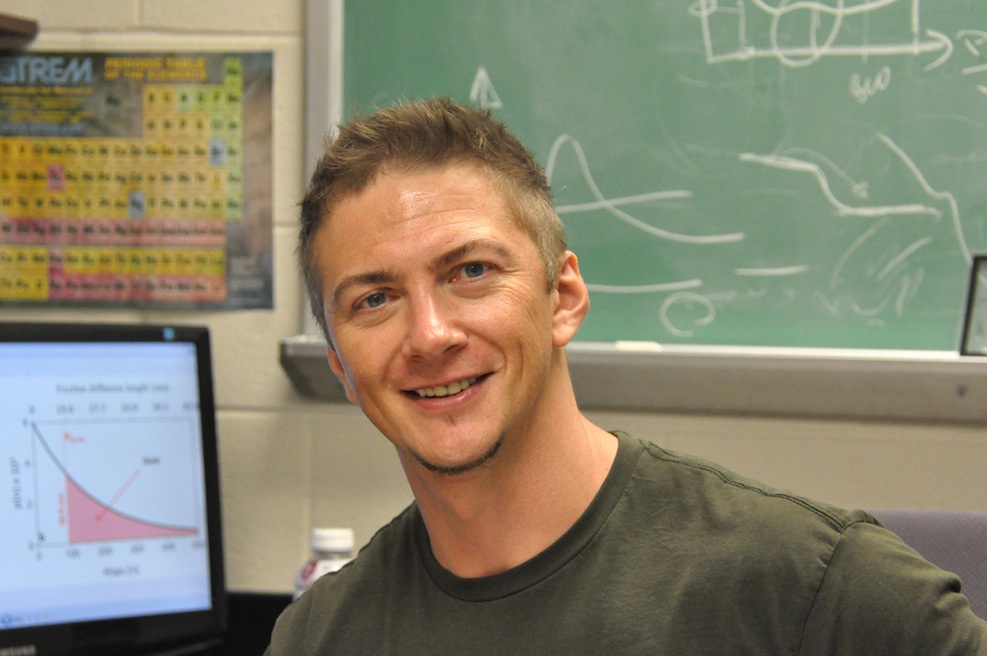Materials Science
Dr. Mikhail Zamkov's research focuses on the electronic, chemical and optical properties of hybrid nanoscale materials prepared with sub-nanometer precision by means of colloidal syntheses. Such semiconductor or metal nanoparticles can be chemically manipulated like large molecules and can be coupled to each other or can be incorporated into different types of inorganic or organic matrices. The ease of manipulating both the dimensions of the individual particles as well as their arrangement in a complex interacting structure makes colloidal nanostructures well-suited for studies of size/structure-dependent quantum-mechanical interactions and as ideal building blocks for nanoscale engineering.
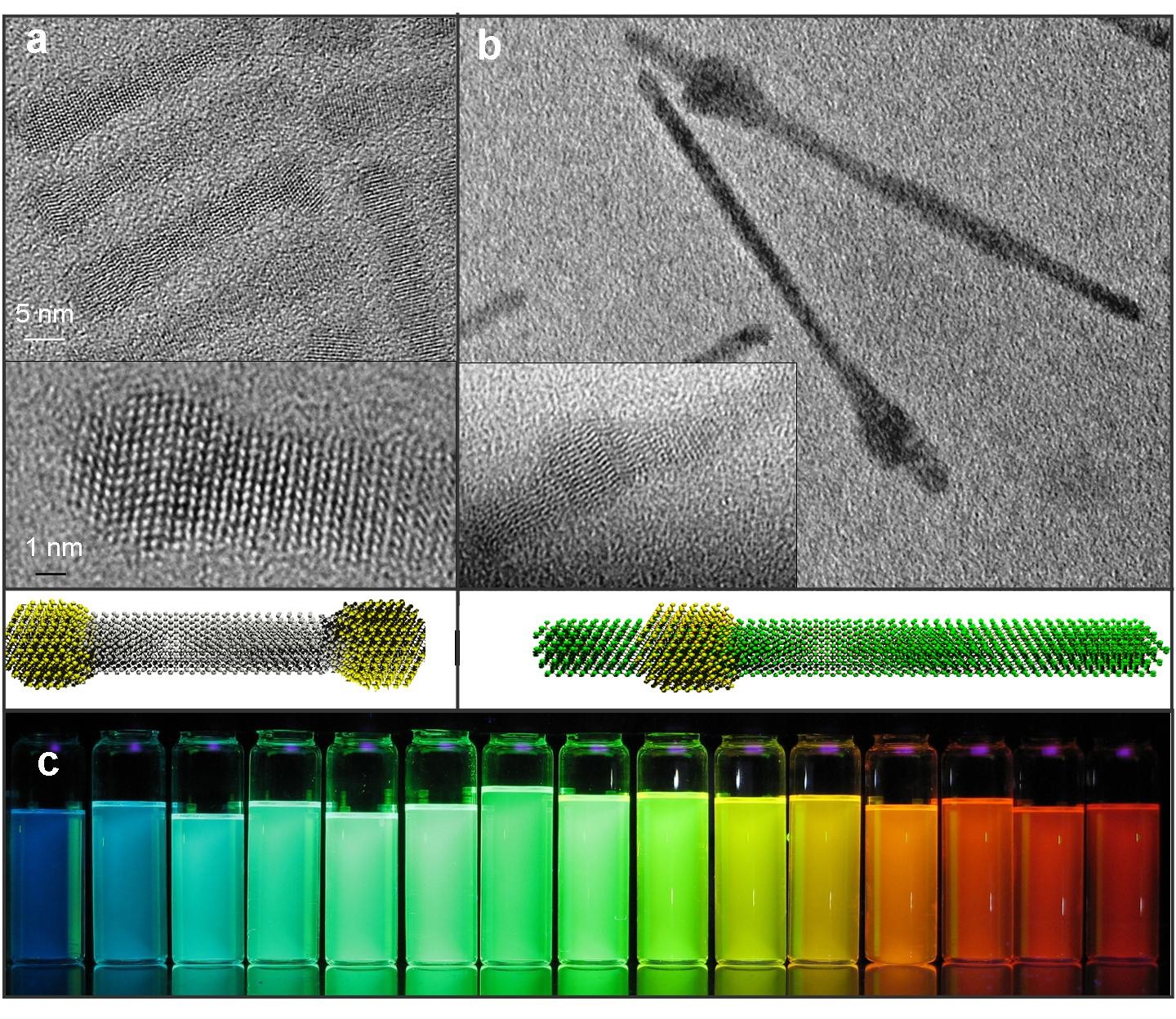
Specifically, experimental work in Dr. Zamkov's group addresses four major areas: (1) synthesis and characterization of novel nanoscale building blocks, (2) elucidation of their fundamental optoelectronic properties, (3) design and demonstration of functional nanoscale devices and integrated nanosystems, and (4) exploration of the interface/communication between biological systems and nanoscale devices. This research by is highly interdisciplinary, involving concepts and techniques from biology, chemistry, physics and the engineering sciences to achieve their goals.
- Our method for the solid state based thin films of nano-particles for optoelectronic applications
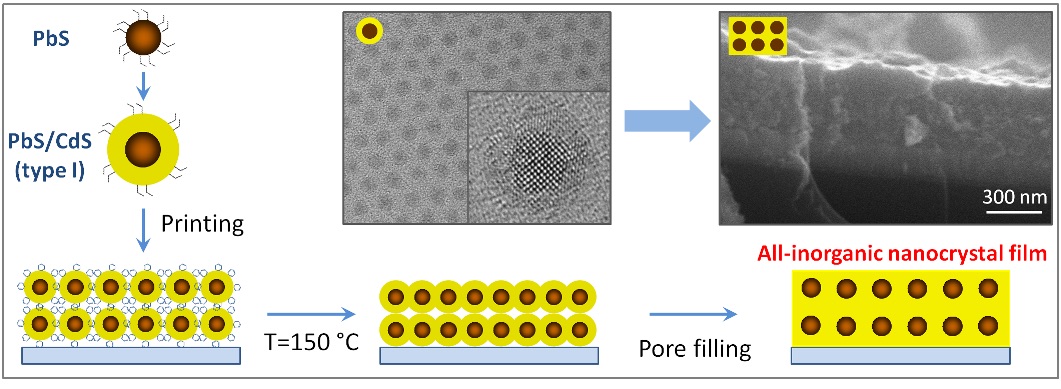
Kinder, E.; Moroz, P.; Diederich, G.; Johnson, A.; Kirsanova, M.; Nemchinov, A.; O'Connor, T.; Roth, D.; Zamkov, M., "Fabrication of all-inorganic nanocrystal solids through matrix encapsulation of nanocrystal arrays." J. Am. Chem. Soc. 2011, 133, 20488–20499.

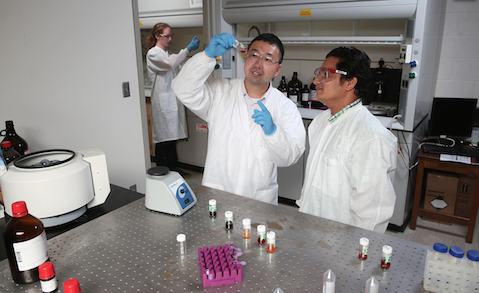
Dr. Liangfeng Sun's research group fosters interdisciplinary research including diverse topics of physics, chemistry and engineering of nanostructured materials. The goal of his research team is to discover and investigate the novel physical and chemical properties of the materials in the nanometer scale, and apply them in photochemistry, bio-imaging, light-emitting devices and solar cells.
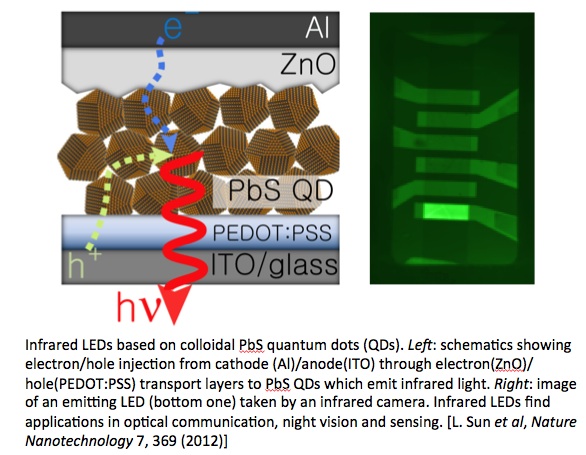
Dr. Sun's publications include one paper in Nature Nanotechnology, one paper in Physical Review Letters, and six papers in Nano Letters. His PbSe-nanocrystal-based solar cells rank among the highest performing nanocrystal-based solar cells reported to date. His record-brightness PbS-nanocrystal-based light-emitting diodes emit infrared light with tunable wavelength from 800 nm to 1800 nm, which will find broad application in free space and fiber optical communication, night vision and sensing.
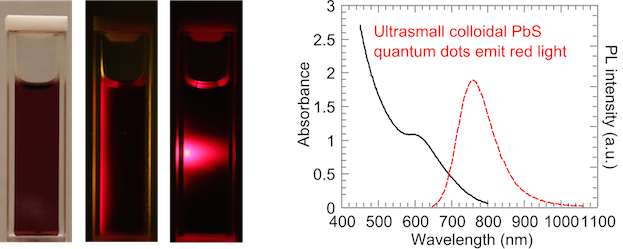
The students in Dr. Sun's group learn and master many experimental techniques for nanomaterial research, including electron microscopy (such as TEM and SEM), UV-Vis-IR spectroscopy, laser technology, synthesis of nanostructured materials, optoelectronic device fabrication and testing. Moreover, they participate in planning future research and building up the lab, where they gain significant critical-thinking and problem-solving skills. These will be their assets when they pursue their future career either in academics or in industry.
Recent work:
Ghadendra B. Bhandari, Kamal Subedi, Yufan He, Zhoufeng Jiang, Matthew Leopold, Nick Reilly, H. Peter Lu, Alexey T. Zayak, and Liangfeng Sun, "Thickness-Controlled Synthesis of Colloidal PbS Nanosheets and Their Thickness-Dependent Energy Gaps", Chemistry of Materials, 26 (19) 5433-5436 (2014)


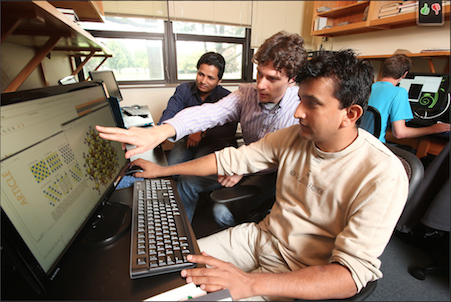 The research of Dr. Alexey Zayak's group is focused on atomistic simulations within density functional theory, and the use of advanced electronic structure software like PWSCF, SIESTA and PARSEC for computing crystalline or molecular properties with the goal of understanding basic mechanisms in materials chemistry. Modern computational theory is remarkably versatile: in addition to the widely applicable DFT that provides accurate chemical properties in most cases, there are more advanced methods that extend boundaries of DFT for describing more complex phenomena like, for example, van der Waals interactions or electronic excitations.
The research of Dr. Alexey Zayak's group is focused on atomistic simulations within density functional theory, and the use of advanced electronic structure software like PWSCF, SIESTA and PARSEC for computing crystalline or molecular properties with the goal of understanding basic mechanisms in materials chemistry. Modern computational theory is remarkably versatile: in addition to the widely applicable DFT that provides accurate chemical properties in most cases, there are more advanced methods that extend boundaries of DFT for describing more complex phenomena like, for example, van der Waals interactions or electronic excitations.
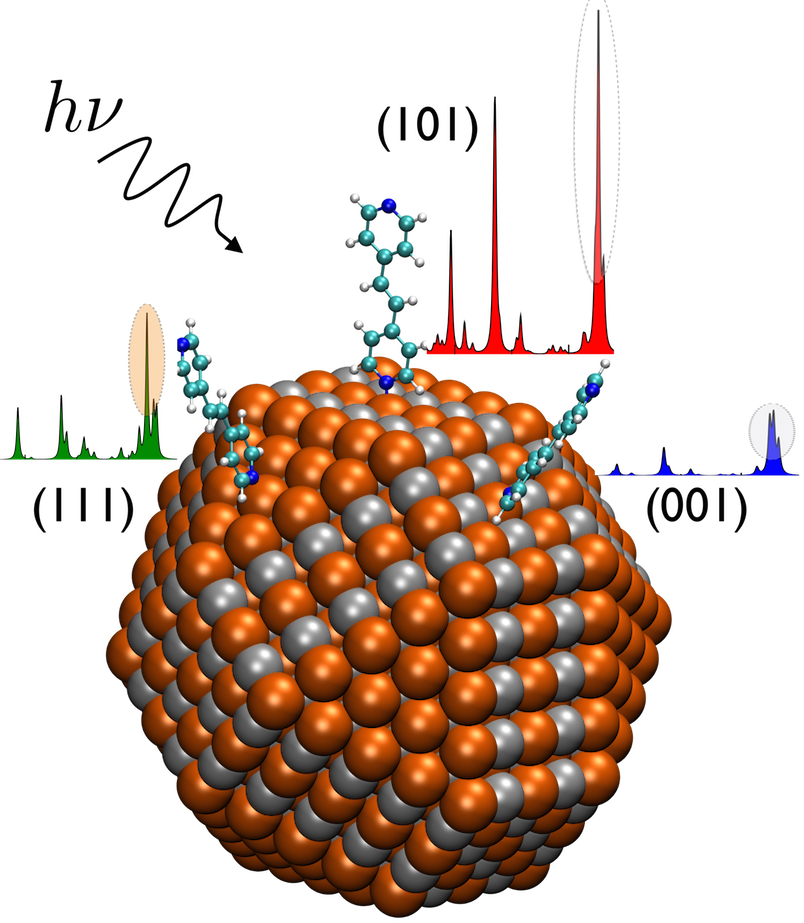
One of the most important aspects of our research is the ability to directly compare theory with experimental data. Raman spectroscopy, for example, utilizes interactions of light with atomic vibrations, providing unique ‚”fingerprints” of any chemical species. Theory provides insight into electronic properties underlying this technique. Using first-principles calculations, we can analyze spectral information to the point of probing not only a chemical species itself, but also its immediate chemical environment. The ability to understand nano-scale spectroscopy opens remarkable prospects for new discoveries.
Recent work:
A. K. Kuhlman and A. T. Zayak, “Revealing Interaction of Organic Adsorbates with Semiconductor Surfaces Using Chemically Enhanced Raman”, J. Phys. Chem. Lett., 5 (6) 964-968 (2014)
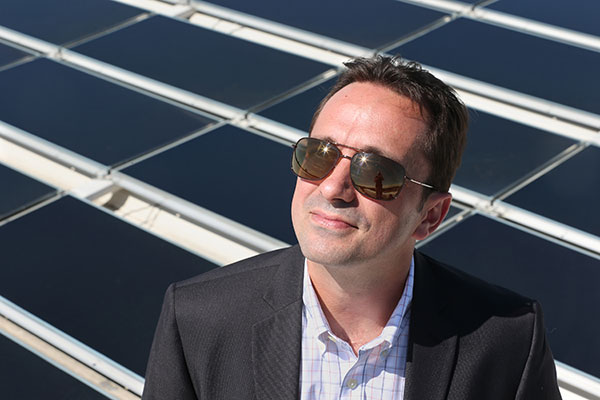 Dr. Marco Nardone's group works on elucidating the mechanisms of charge transport and phase transition phenomena in various types of materials and systems. Current research focuses on the development and application of analytical and computational modeling tools to better understand the performance and reliability challenges of photovoltaic devices (solar cells). We are working toward establishing a comprehensive and unified platform for the simulation of all types of solar cells and other sustainable energy devices starting from fundamental physical principles. Electrodynamics, quantum mechanics, statistical physics, heat transfer, solid state physics, and optics are considered in our projects as we develop the theoretical framework for models from the mesoscopic to macroscopic spatial scales. Computational tools include COMSOL Multiphysics®, Mathematica®, and MATLAB®.
Dr. Marco Nardone's group works on elucidating the mechanisms of charge transport and phase transition phenomena in various types of materials and systems. Current research focuses on the development and application of analytical and computational modeling tools to better understand the performance and reliability challenges of photovoltaic devices (solar cells). We are working toward establishing a comprehensive and unified platform for the simulation of all types of solar cells and other sustainable energy devices starting from fundamental physical principles. Electrodynamics, quantum mechanics, statistical physics, heat transfer, solid state physics, and optics are considered in our projects as we develop the theoretical framework for models from the mesoscopic to macroscopic spatial scales. Computational tools include COMSOL Multiphysics®, Mathematica®, and MATLAB®.
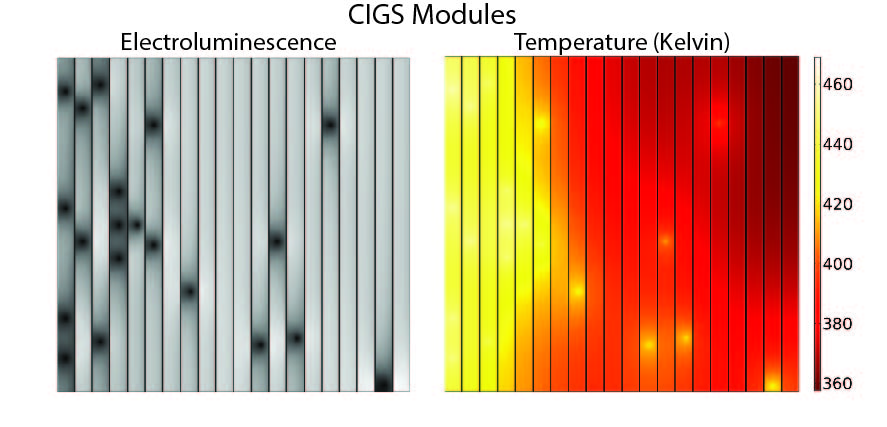
With support from the National Renewable Energy Laboratory, the Department of Energy, private corporations, and other academic institutions our research aims to make renewable energy systems affordable and reliable.
Updated: 09/27/2024 08:33AM

